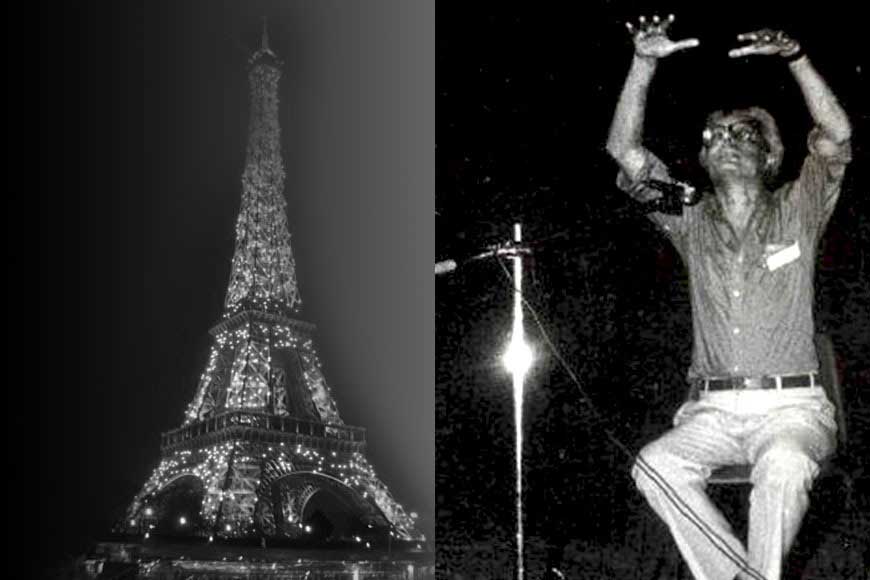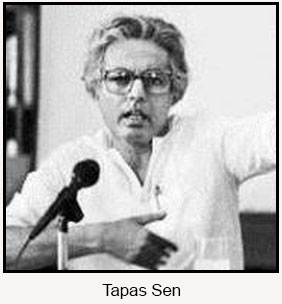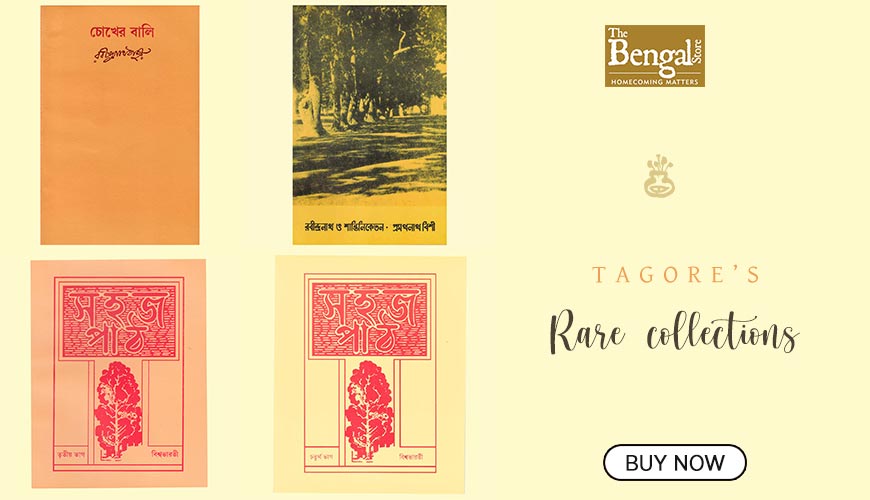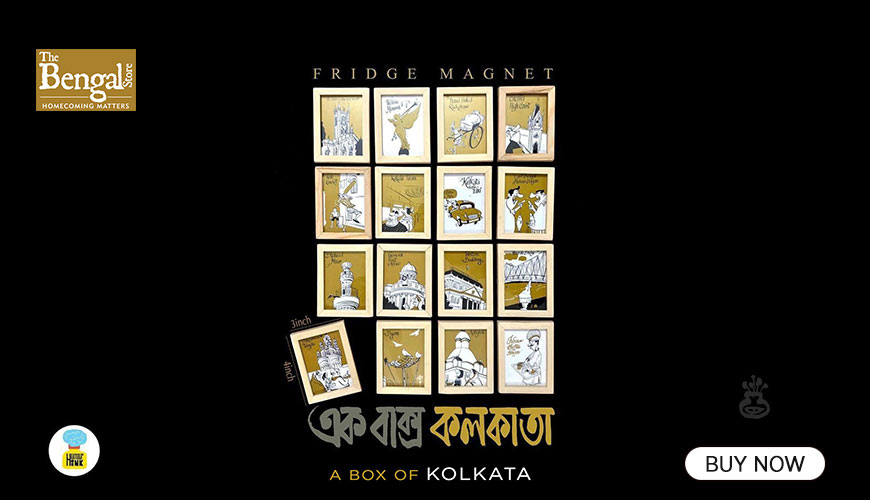Majestic lighting of Paris’ Eiffel Tower was done by Tapas Sen, the wizard of illumination

For 130 years, the majestic Eiffel Tower has been a powerful and distinctive symbol of the city of Paris, and by extension, of France. The 324 metres (1,063 ft) tall tower is, about the same height as an 81-storey building, and the tallest structure of Paris. The tower is the focal point of New Year’s Eve and Bastille Day celebrations in Paris. In fact, the mesmerizing lights illuminating the Eiffel Tower at night is a wonderful spectacle. Visitors from all over the world who visit Paris, make it a point to catch glimpse of this glowing engineering marvel at night. And behind all this extravaganza is a genius from Bengal, Tapas Sen, the man behind the lighting arrangements on the top of the Eiffel Tower!
 For its ‘Countdown to the Year 2000 celebration on 31 December 1999,’ the organizers wanted to do something novel. They invited the best light designers from around the world for a brain-storming session. Tapas Sen was one of the invitees and ultimately he was given the assignment. He installed flashing lights and high-powered searchlights on the tower. During the last three minutes of the year, the lights turned on starting from the base of the tower and continued on until it got to the top to welcome 2000 with a huge fireworks show. An exhibition above a cafeteria on the first floor commemorated this event.
For its ‘Countdown to the Year 2000 celebration on 31 December 1999,’ the organizers wanted to do something novel. They invited the best light designers from around the world for a brain-storming session. Tapas Sen was one of the invitees and ultimately he was given the assignment. He installed flashing lights and high-powered searchlights on the tower. During the last three minutes of the year, the lights turned on starting from the base of the tower and continued on until it got to the top to welcome 2000 with a huge fireworks show. An exhibition above a cafeteria on the first floor commemorated this event.
The searchlights on top of the tower made it a beacon in Paris’ night sky, and 20,000 flashing light-bulbs, each of 6000 watt Xenon lamps glowing together for 10 minutes gave the tower a scintillating appearance every hour on the hour. The lights glowed blue for several nights to herald the new millennium on 31 December 2000. The sparkly lighting continued for 18 months until July 2001 and then they were turned on again on 21 June 2003, and the display was planned to last for 10 years before they needed replacing.
The name of Tapas Sen is synonymous with an institution. A living legend in his lifetime, Sen was a wizard of illumination. A noted Indian stage lighting designer, most of his other pioneering works have not been given sufficient and deserving prominence.
Born on September 11, 1924 in Dhubri, Assam, Sen has long been acknowledged as India’s foremost lighting designer. He represented a generation of stage artists in India who found their vocation through their work with the Indian People’s Theatre Association (IPTA) in the 1940s, and flourished as new avenues opened up after Independence to channelize their creativity.
Sen’s focal point was the stage but in his long and eventful career, he also tried his hands in cinema, sound-and-light shows, and the lighting of urban landmarks. Stage lighting was just one of his many creative sides. He was an international celebrity in his own right but unfortunately, this side of his professional life has not been discussed much.
He jointly produced with Mrinal Sen a shadow play on the Bengal famine of 1943, and with this, his foray into stage craft began. He worked with every notable director in Bengal since the 1940s, introducing new methods and ideas in theatre that had seen little innovation before this.
In 1949 Shambhu Mitra formed Bohurupee theatre group and Sen joined the group since its formation. In 1951, Rabindranath Tagore’s ‘Char Adhyay’ was staged. Towards the climax of the play, there is an intense scene when Antu and Ela, the two protagonists are standing on the terrace at dusk. Their silhouette is seen against the darkening surrounding. As lights from houses, near and far, dim and then die, the protagonists get submerged in total darkness. Lighting is designed to express the mood of the play and takes the action forward. This was very well appreciated by the audience. In 1954, ‘Raktakarabi’ was staged and once again, Sen’s lighting created magic.
In 1959 ‘Setu’ another landmark production was staged on the day of Saptami at Biswaroopa Theatre Hall. In the play, there is a scene where the protagonist (Tripti Mitra in the play) stands on the rails before a running train to commit suicide. The train would rush from behind the stage and take a sharp turn right in front of the audience seats and leave. It was a marvel of sorts. In Utpal Dutt’s ‘Angar’ Sen had created an entire disaster in a mine and its subsequent flooding, all through lighting. Absolutely brilliant.
When Sen started his experiments, people were not even aware of the importance of stage lighting. Sen did not have the equipment and used empty barley and vegetable oil containers, biscuit tins, plastic sheets and what not. In ‘Titas Ekti Nodir Naam,’ Sen tied a lamp atop a cane and swayed it gently in the dark and the effect it created was that of a boat moving in the river at night. Since the 1950s, Sen was often called upon to advise on projects of national importance, and he conducted workshops on stage lighting all over the country. He designed the entire son-et-lumiere shows at Teenmurti Bhavan, Sabarmati Ashram, Gwalior Fort, Chunar Fort, Purana Quilla, Deewan-e-Aam at Agra, the Asiad opening ceremony at Siri Fort in 1982. Besides doing architectural lighting design for important outdoor venues and monuments like Khajuraho, Konark, Elephanta and Ujjain. In 1988, he designed the lighting for the opening ceremonies of the "Festival of India" at Moscow and Paris.
He designed the stage lighting for eminent dancers including Balkrishna Menon in the 1940s, Anadi Prasad’s production, ‘Omar Khayyam’, Vayjayantimala’s ‘Chandalika’ dance-drama, Bala Saraswati, Birju Maharaj, Manjushree and Ranjabati Chaki Sarkar, Mrunalini Sarabhai, Hema Malini and many more.
In 1972, Sen was bestowed with Asia’s Best Light Designer Award. In 1974, he received the Sangeet Natak Akademi Award. In 1993, he was the only Indian lighting designer to be invited to an international colloquium on film, television, and theatre lighting at Bradford, U.K, organized by the National Museum of Photography, Film and Television.
He remained active even into his late years, in January 2006, he did the lighting for a production of Tagore’s play, ‘Bisarjan’ which premiered at Madhusudan Mancha in Kolkata. He also designed the lighting display on the majestic Rabindra Setu (Howrah Bridge) in the same year but could not complete the project, which was later completed by his son, Joy Sen. He died on June 28, 2006 in Kolkata at the age of 81.












